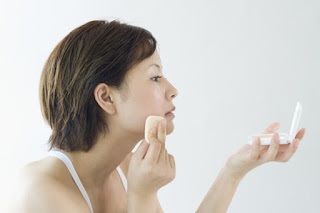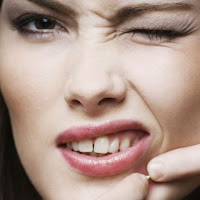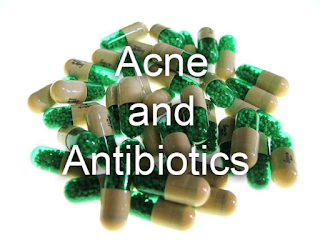If you have acne, you probably just want it to go away - and in the meantime, you may be trying to cover it up with various types of make-up. However, the wrong techniques or combination of techniques could worsen the condition. Here are some tips on how to help heal and conceal your acne.
Healing
First, you'll want to embark on a healing regimen for your acne. You and your dermatologist can work together to formulate a plan that may involve topical lotions, cleansers, or oral medications. You may decide to go with a combination of these. Or, you may choose a natural, at-home approach and work on healing your acne with homemade cleansers, topical treatments, and nutrition.
Concealing - Can You Wear Make-Up over Acne?
Some people worry that wearing make-up will make their acne worse - and, depending on the individual, some substances can indeed worsen acne. As a general rule, choose make-up that is hypo-allergenic, fragrance-free, and oil-free. However, for those whose acne accompanies dry skin, a moisturizing make-up may be of benefit. It should allow your skin to "breathe" and not be a thick, mask-like cover. Your dermatologist can recommend make-up for your skin type, too.
For concealers, you can choose between liquid and stick-type concealers (the latter looks like flesh-colored lipstick). There are also "healing" concealers available that contain substances that are supposed to help heal acne. Generally, if you have large areas to conceal, a thick, liquid type concealer might work better than a stick. For those with a few blemishes, sticks can give excellent coverage.
What's the Best Technique for Concealing?
To conceal your acne effectively, you'll need a light base and a concealer. Powder is not necessarily essential, although some people like to use it.
The first step is to cleanse your skin with whatever cleansing product you use to heal your acne. Pat, don't rub your face dry.
Next, gently apply your base make-up in a thin layer, taking care not to scratch or rub your acne in the process.
Now comes the concealer. If you are using a stick-type concealer, some sources recommend going with a green-colored one (since green is the opposite of the red-colored pimples you're trying to conceal). If you use a greenish concealer, apply it first.
Then, dab concealer on the blemishes. Don't rub it in; instead, blend it into your skin tone by gently patting or dabbing with your fingertip.
If desired, finish with a light layer of translucent powder.















